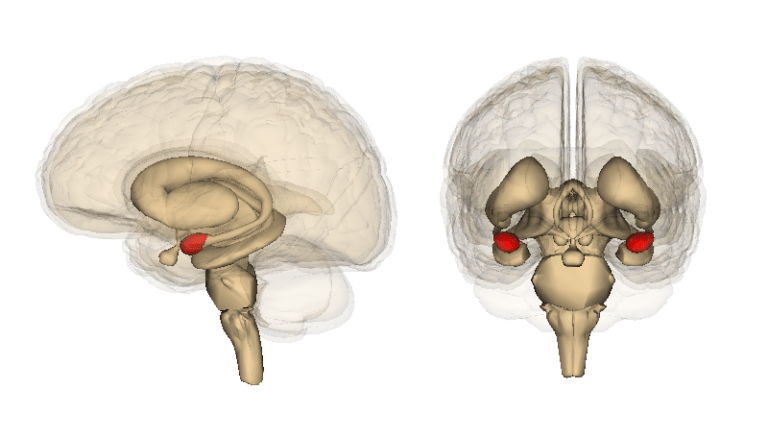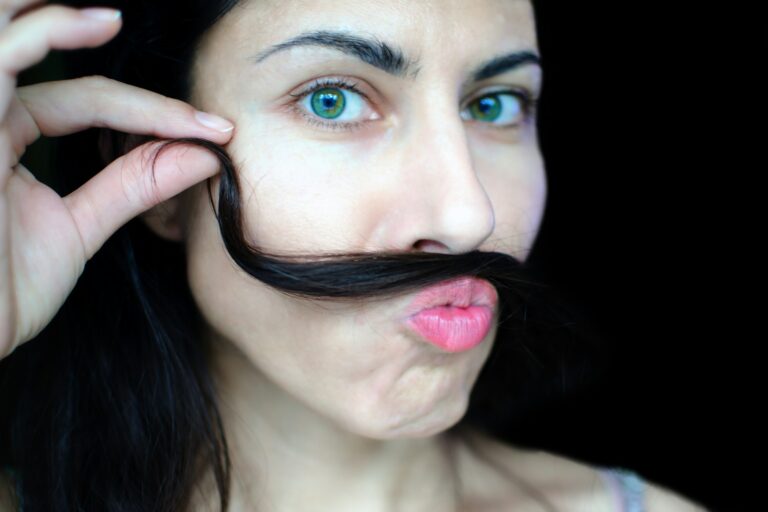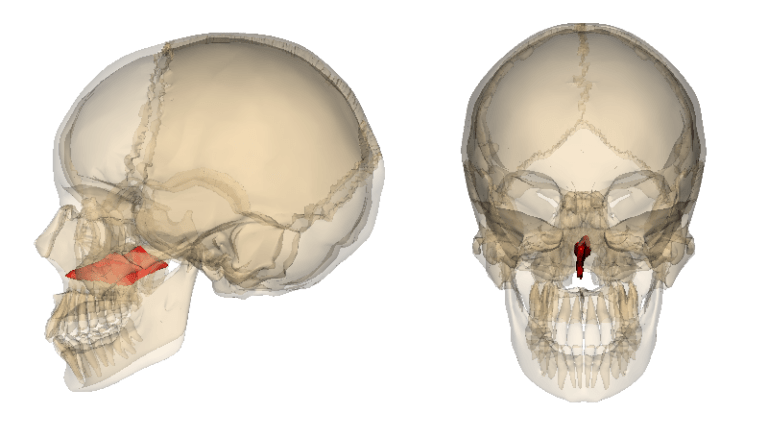The pictures we use in our articles might not show exactly what the words say. We choose these pictures to make you interested in reading more. The pictures work together with the words but don’t take their place. The words still tell you the important facts.
Welcome to the fascinating world of oil glands, also known as sebaceous glands! These tiny, often overlooked glands scattered throughout our skin are essential for maintaining our overall well-being. From producing sebum to protecting our skin and hair, sebaceous glands play a crucial role in keeping us healthy and vibrant. In this article, we will explore 12 mind-blowing facts about oil glands that will deepen your understanding and appreciation of these small but mighty glands.
Understanding Sebaceous Glands: The Basics
- Sebaceous glands produce natural moisturizer called sebum, keeping skin hydrated and protected.
- They are most active during puberty, influencing oily skin and acne breakouts.
- Stress and hormonal imbalances can impact sebaceous gland function, affecting oil production and skin health. Embrace natural oils and consult a dermatologist for concerns.
Discovering the Wonders of Sebaceous Glands
Sebaceous Glands Are Everywhere
Sebaceous glands are not just limited to your face – they are present in almost every part of your body! From your scalp to your chest and back, these glands work tirelessly to maintain the health of your skin.
Sebum: The Natural Moisturizer
Sebum, the oily substance secreted by sebaceous glands, acts as a natural moisturizer for your skin and hair. It keeps your skin hydrated, nourished, and protected from dryness and environmental pollutants.
Variability Among Individuals
The number and size of sebaceous glands can vary from person to person, leading to differences in skin oiliness. Some individuals may have a higher density of sebaceous glands, resulting in oilier skin in certain areas of their body.
Puberty and Sebum Production
During puberty, sebaceous glands become more active due to hormonal changes. This increased oil production can lead to acne breakouts and greasy-looking skin, making oily skin a common struggle for teenagers.
Protective Properties of Sebum
Sebum produced by sebaceous glands contains antimicrobial properties that help protect your skin from harmful bacteria and fungi. This natural defense mechanism plays a vital role in preventing skin infections and maintaining overall skin health.
Managing Overactive Glands
In some individuals, sebaceous glands can become overactive, leading to excessive oil production. This can result in oily skin, clogged pores, and an increased risk of acne. Proper skincare and a balanced diet can help manage sebum production.
Regional Variations in Oiliness
Certain areas of the body, such as the face and scalp, have a higher concentration of sebaceous glands, leading to increased oiliness. This explains why scalp oiliness and facial shine are common concerns for many individuals.
Hormonal Influences on Sebum Production
Hormonal imbalances, whether due to pregnancy or medical conditions, can affect sebaceous gland activity. This can result in changes in oil production and contribute to skin conditions such as acne or dryness.
The Impact of Stress on Oil Production
High-stress levels have been linked to increased sebum production, leading to oilier skin and a higher likelihood of developing acne. Finding healthy ways to manage stress can help maintain balanced oil levels in the skin.
Nourishing Your Hair with Sebum
In addition to moisturizing the skin, sebum produced by sebaceous glands helps condition and protect your hair. It provides natural oils that keep your hair nourished, glossy, and less prone to breakage.
Aging and Sebaceous Glands
As we age, the activity of sebaceous glands tends to decrease, resulting in drier skin. Mature skin often requires extra hydration and moisturization to combat dryness and maintain a youthful appearance.
Medications and Sebum Production
Some medications, such as certain birth control pills or hormone replacement therapies, can influence sebum production. It is important to be aware of potential side effects and consult with a healthcare professional if you experience changes in your skin.
Conclusion: Embracing the Wonders of Sebaceous Glands
In conclusion, sebaceous glands are crucial for maintaining healthy skin and hair. Understanding their function and importance can help us take better care of our skin and prevent common skin conditions. By embracing natural oils, maintaining a balanced skincare routine, and being mindful of factors that can affect oil gland activity, we can keep our skin healthy, nourished, and radiant.
FAQs: Unveiling Common Questions About Sebaceous Glands
-
What are oil glands?
Oil glands, also known as sebaceous glands, are small glands found in the skin that produce and secrete an oily substance called sebum. -
Where are oil glands located?
Oil glands are found all over the body, except for the palms of the hands and soles of the feet. They are most concentrated on the face, scalp, and upper back. -
What is the function of oil glands?
The main function of oil glands is to produce sebum, which helps to lubricate the skin and hair, keeping them moisturized and protected. -
Can oil glands become overactive?
Yes, oil glands can become overactive, leading to excessive production of sebum. This can result in oily skin, clogged pores, and acne breakouts. -
How do hormonal changes affect oil glands?
Hormonal changes, such as those during puberty or pregnancy, can stimulate oil gland activity and cause an increase in sebum production. This often leads to acne flare-ups. -
Can oil glands be blocked?
Yes, oil glands can become blocked, usually by a buildup of dead skin cells, dirt, or an excess of sebum. This can result in the formation of whiteheads, blackheads, or acne. -
Does sebum have any benefits?
Yes, sebum has several benefits for the skin. It helps to moisturize and lubricate the skin, reduces water loss, and forms a protective barrier against bacteria and environmental irritants. -
Can oil glands be affected by skincare products?
Some skincare products, especially those that are heavy or comedogenic, can clog the oil glands and disrupt their normal functioning. It is essential to choose non-comedogenic products suitable for your skin type. -
Can the production of sebum be controlled?
While the production of sebum is largely influenced by hormones and genetics, certain lifestyle habits, such as a healthy diet, regular exercise, and stress management, can help balance oil gland activity. -
How can I take care of my oil glands?
Maintaining a consistent skincare routine that includes gentle cleansing, exfoliation, and moisturization can help keep oil glands healthy. It is also important to avoid harsh skincare products that can strip away natural oils.
Explore the potential of sebaceous glands and their impact on your skin and hair. By unlocking the wonders of these tiny yet mighty glands, you can cultivate healthier, more vibrant skin and hair. Embrace the natural oils produced by your sebaceous glands, and remember to consult a dermatologist for personalized skincare advice. Let the radiance of well-nourished skin and hair be a reflection of your commitment to nurturing your body inside and out.




